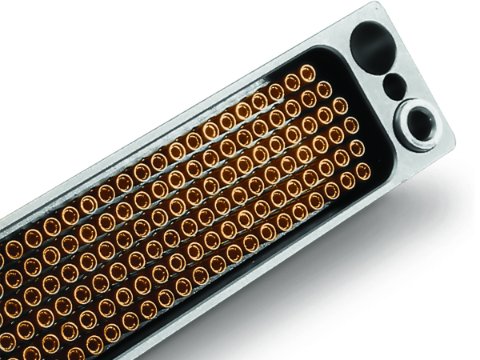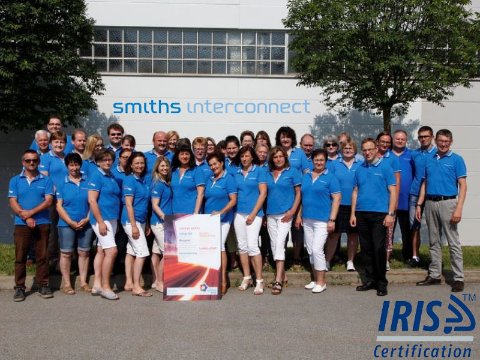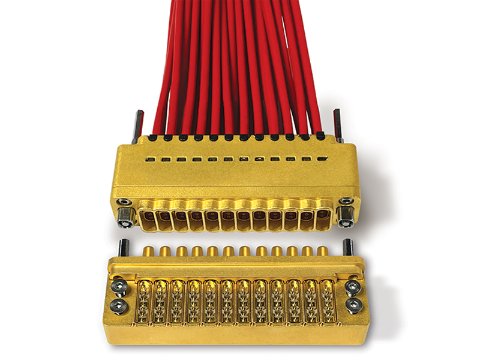- Designed to meet or exceed all applicable requirements of Series I, II, III and IV
- Filter connectors are intermateable and interchangeable with the standard non-filtered connectors
- Addressing EMI/RFI filtering, and transient protection to meet demanding HIRF and Lightning requirements
OUR DESIGN STRATEGY
Smiths Interconnects design strategy for filter connectors is based on extensive experience with filter capacitor arrays and diodes. Our engineers understand the extreme environmental conditions that can cause a filter or diode to fail or, worse yet, cause a system dysfunction. This design strategy is built on the foundation of system reliability and the efficient use of available space. The capacitor array is protected from thermally induced mechanical stresses by a barrier located between the capacitor array surface and the epoxy filled region. This barrier isolates the epoxy and the ceramic array and prevents damage to the array from the expansion influence of the epoxy.
MODULARIZATION
A disciplined design approach that employs methods of grouping multiple components into subassemblies wherever feasible. Such subassemblies may include a filter module, diode module, circuit assembly module and a transition interface assembly. Modularization results in cleaner, more standardized designs that provide flexibility in maintaining and upgrading the connector. An important advantage of modularization is that individual modules may be removed or replaced in the field without disturbing other subassemblies and components.
INTEGRATION
There is considerable unused space available in a standard non-filtered connector. Smiths Interconnect takes advantage of this space by removing components from elsewhere in the system and integrating them within the connector freeing up valuable board space. Isolating components electrically eliminates external wire connections and decreases crosstalk. The connector shell protects critical components from environmental or mechanical damage.







